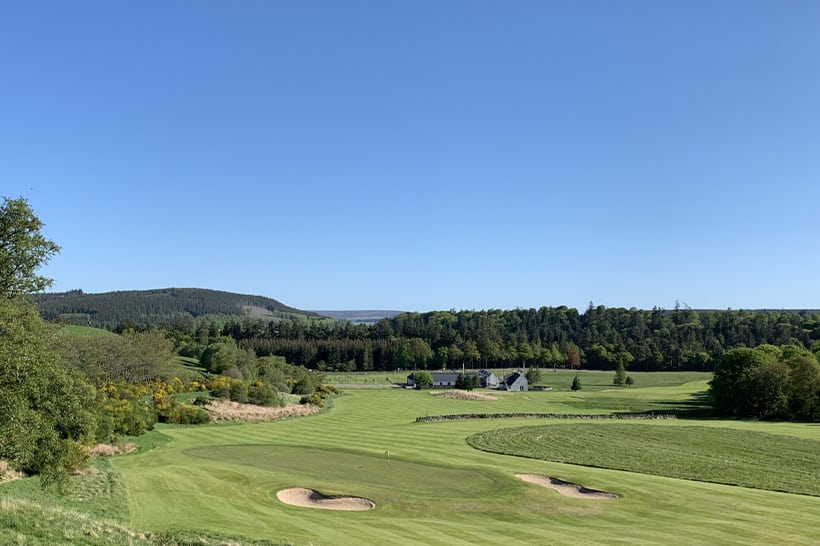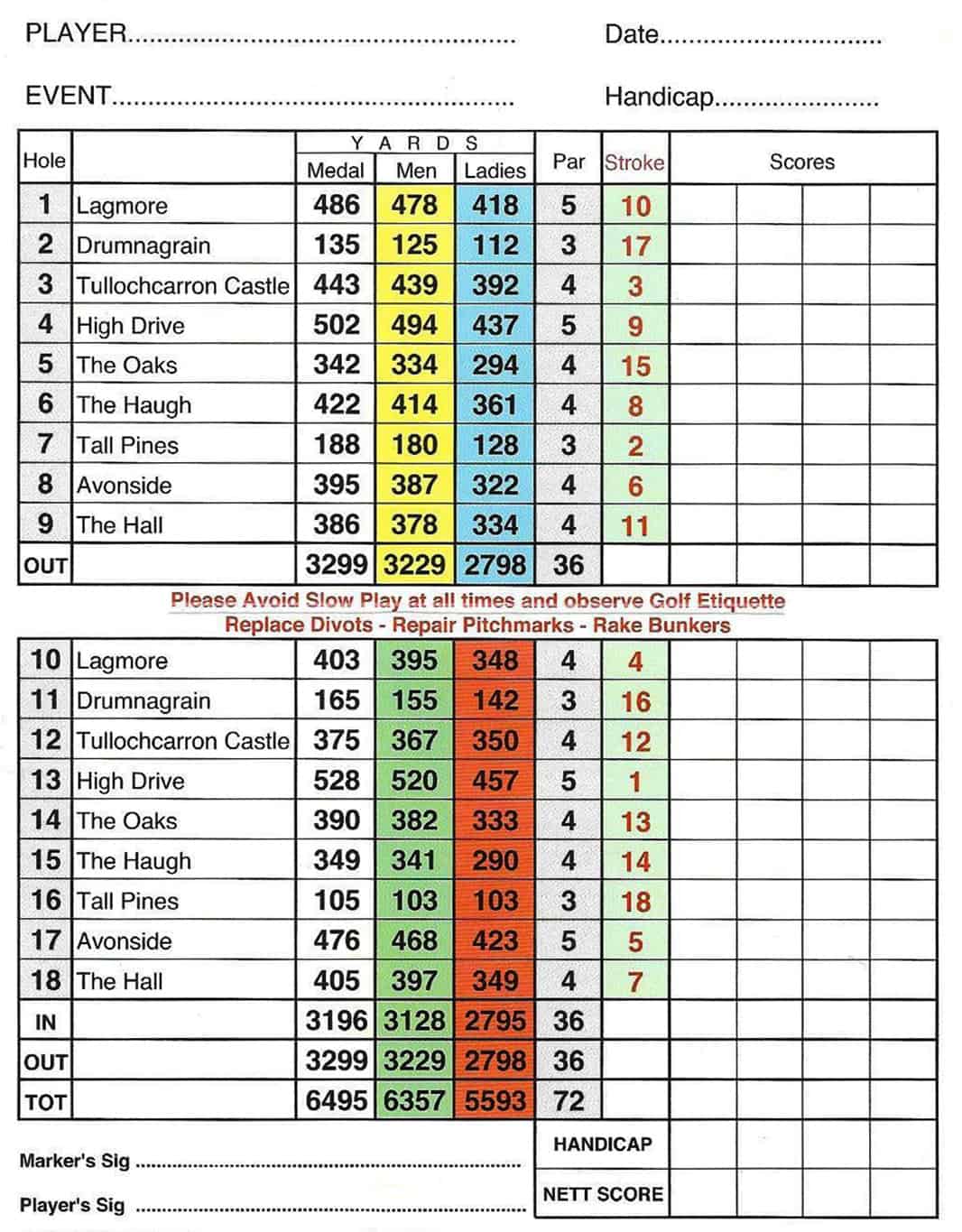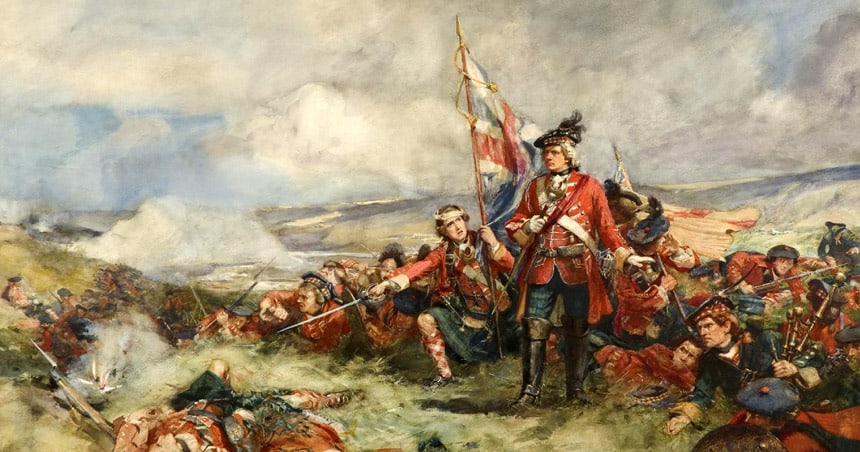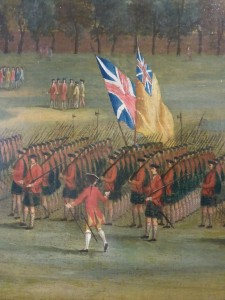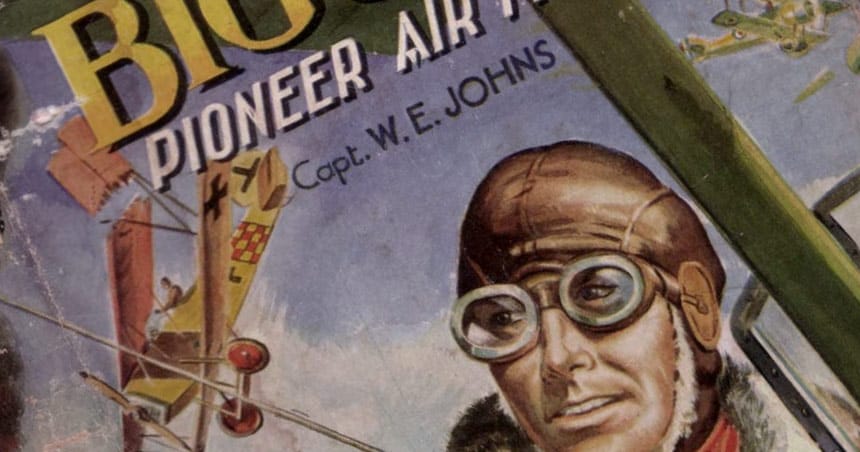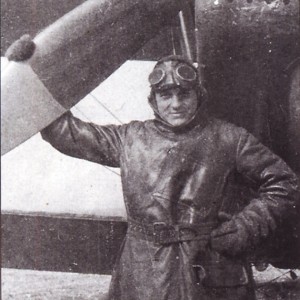Welcome to our website. If you continue to browse and use this website, you are agreeing to comply with and be bound by the following terms and conditions of use, which together with our privacy policy govern Ballindalloch Estate’s relationship with you in relation to this website. If you disagree with any part of these terms and conditions, please do not use our website.
The term ‘Ballindalloch Highland Estate’ or ‘us’ or ‘we’ refers to the owner of the website whose registered office is
Ballindalloch Castle,
Ballindalloch,
Banffshire,
AB37 9AX.
The term ‘you’ refers to the user or viewer of our website.
The use of this website is subject to the following terms of use:
The content of the pages of this website is for your general information and use only. It is subject to change without notice.
This website uses cookies to monitor browsing preferences.
Neither we nor any third parties provide any warranty or guarantee as to the accuracy, timeliness, performance, completeness or suitability of the information and materials found or offered on this website for any particular purpose. You acknowledge that such information and materials may contain inaccuracies or errors and we expressly exclude liability for any such inaccuracies or errors to the fullest extent permitted by law.
Your use of any information or materials on this website is entirely at your own risk, for which we shall not be liable. It shall be your own responsibility to ensure that any products, services or information available through this website meet your specific requirements.
This website contains material which is owned by or licensed to us. This material includes, but is not limited to, the design, layout, look, appearance and graphics. Reproduction is prohibited other than in accordance with the copyright notice, which forms part of these terms and conditions.
All trademarks reproduced in this website, which are not the property of, or licensed to the operator, are acknowledged on the website.
Unauthorised use of this website may give rise to a claim for damages and/or be a criminal offence.
From time to time, this website may also include links to other websites. These links are provided for your convenience to provide further information. They do not signify that we endorse the website(s). We have no responsibility for the content of the linked website(s).
Your use of this website and any dispute arising out of such use of the website is subject to the laws of England, Northern Ireland, Scotland and Wales.
Cookies and Data Management
Privacy Policy
We are committed to protecting your privacy. We will only use the information that we collect about you lawfully (in accordance with the Data Protection Act 1998, the EU Privacy and Communications Directive and the General Data Protection Regulation (GDPR) 2018). This includes information submitted voluntarily by you through a form or gathered automatically as you visit this website.
You should not submit any sensitive or private information through this website except through acknowledged secure areas. The owners of this website accept no responsibility for data submitted through insecure areas of this website.
By submitting your contact details to us, we may contact you or send you marketing materials. We will give you the chance to refuse any marketing email from us in the future.
This website uses cookies which are stored on your browser. You can usually modify your browser settings to prevent this happening. However, by disabling cookies, or certain types of cookie, you may hinder your user experience on this and other websites, or prevent them from working entirely.
Some cookies used on this website are essential in order to enable you to move around the website and use its features, such as accessing secure areas of the website. Without these cookies, services you have asked for, like shopping baskets or e-billing, cannot be provided.
Some cookies used on this website collect information about how visitors use a website, for instance which pages visitors go to most often, and if they get error messages from web pages.
These cookies don’t collect information that identifies a visitor. All information these cookies collect is aggregated and therefore anonymous. It is only used to improve how a website works.
Some cookies used on this website allow the website to remember choices you make (such as your user name, language or the region you are in) and provide enhanced, more personal features.
These cookies can also be used to remember changes you have made to text size, fonts and other parts of web pages that you can customise. They may also be used to provide services you have asked for such as watching a video or commenting on a blog. The information these cookies collect may be anonymised and they cannot track your browsing activity on other websites.
Cookies may also be used to improve the user experience and to enable some of the functionality provided by this website.
Please note that some cookies may be placed by third party service providers who perform some of these functions (or other services) for us. Cookies are used on this website for the following third party services: Google Analytics, LinkedIn Follow button, Facebook Like Button, Twitter Follow button, Google +1 button, AddThis social bookmarking tool, YouTube videos. Some of these services may be used to track your behaviour on other websites and we have no control over this.
By continuing to use this website without adjusting your browser’s cookie settings, you agree that we can place these cookies on your device.
As is true with most websites, our server will automatically log data regarding each visit such as your IP address, browser type, referring/exit pages, and operating system. We may use this information to monitor server errors, server administration or to monitor visitor behaviour. It is not possible for this to be disabled on a per-user basis so you must leave this website (and the internet entirely) if you do not agree to this happening.
This privacy policy applies to this website only and does not apply to any websites that this website may link to.
If you have any questions/comments about privacy, you should contact us
This privacy policy is copyrighted under a GNU/GPL V3 licence which means that you may copy it to your site and modify it to your needs, in return for a link back to this website.
General Data Protection Regulation (GDPR)
The data collected via the newsletter subscription form (name and email address) is kept secure on this system and is only used to for the purpose of automated emails related to the activities of Ballindalloch Highland Estate. Every email has an unsubscribe link which automatically removes your name and email from the system.
If you have any questions concerning how we use or store your data, please contact us for more information.
The Following cookies are active on our website.

